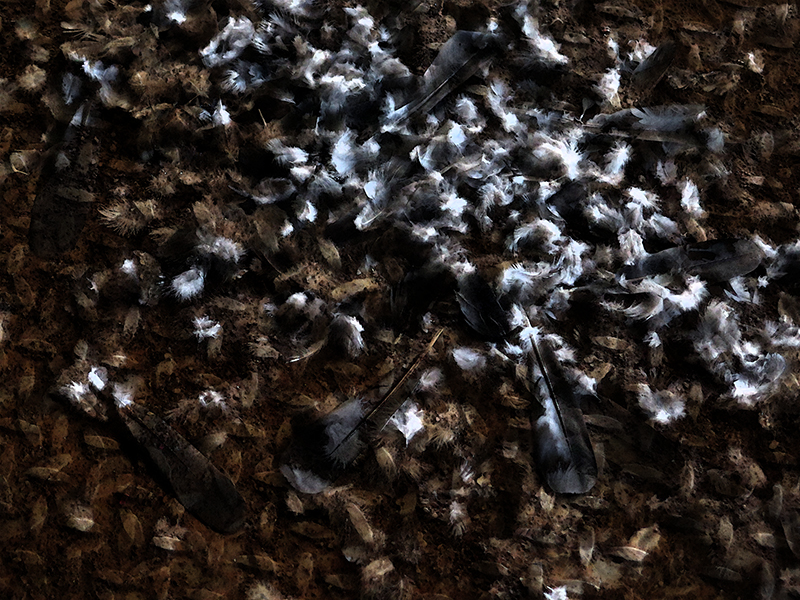
Yesterday I wondered why the very fact that a child might paint like an adult (assuming that really is the case) might undermine people’s acceptance of the art form. After all, Picasso once said, “It took me 4 years to learn how to paint like Raphael, but a lifetime to paint like a child.” In the attached TED talk, Paul Bloom, a Yale psychologist, offers an interesting argument. https://www.ted.com/talks/paul_bloom_the_origins_of_pleasure?language=en
He claims and I quote: “…humans are, to some extent, natural born essentialists. What I mean by this is we don’t just respond to things as we see them, or feel them, or hear them. Rather, our response is conditioned on our beliefs,about what they really are, what they came from, what they’re made of, what their hidden nature is. I want to suggest that this is true, not just for how we think about things, but how we react to things.”
Bloom believes this explains why we detest art forgery, independent of the status that an original painting confers to the buyer. If we are influenced by origins, then the original matters. It has a history of creative power, which the forgery doesn’t. He goes so far to speculate that Goebbels’ suicide shortly after he learned that his treasured Vermeer was a fake had to do with that shock. (May that monster rot in hell.)

If you like abstract art, you are more inclined to believe that these paintings are difficult to create, require time, restraint, thought and special craft. Those elements are not associated with child’s play (independent of whether the child had help from adults) and thus children’s works are not counted.
These days there is another child abstractionist, Australian Aelita Andre, whose paintings sell for $50,ooo in Soho art galleries. She is considered a true child prodigy; you find many fewer of them in visual arts than in other areas like math and music. Nature seems to play more of a role than nurture in their development and the children have “a rage to master, an obsession to conquer the craft and spend hours honing their skill.” The attached article gives an interesting overview, but leaves us again with more questions than answers.

http://www.theatlantic.com/entertainment/archive/2014/11/what-makes-a-child-an-art-prodigy/382389/






Philip Bowser
This was a great way to start the day! I’m fuzzy-headed, waiting for the coffee. The essay is intriguing and authoritative. Something in my brain begins to stir. And on my laptop’s smaller screen, the timing of the young girl throwing paint is perfect. Thank you so much for your daily images and essays!
Steve Tilden
Wow, a surprise, but then I’m not surprised. Aelita must have been born with the sort of talent that makes a child prodigy in math, music, etc. I can’t recall who, writes about genius, described prodigies emerge in visual and aural arts, but very seldom in writing, say a great novel. The requires some life experience, and observational skills, that don’t simply show up via nature.
I’m going to rest on my having stayed out of jail, rather than any particular talent I might have.